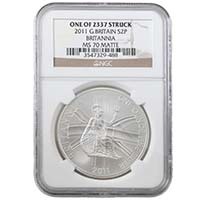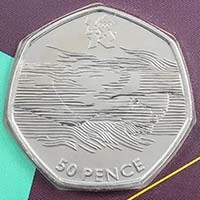
Our colleagues at RWB Auctions just sold a 2016 Shakespeare's Tragedies £2 coin for a remarkable £123 (including buyer's fees).
We sell these skull and rose design coins for £5.00 each, including postage to anywhere in the UK.
So what makes the example in RWB Auctions' May 2024 coin and medal sale worth more than sixty times its face value?
It's a hard-to-spot error affecting the edge of the coin that has attracted interest from collectors. Instead of the standard edge inscription, which should read 'WHAT A PIECE OF WORK IS A MAN', this one has the words from another £2 coin around the edge.
Mint errors like this one can add significant value to common coins.
But how do you know if you have a genuine edge error coin? Are upside-down inscriptions really an error? And how can you make money off your error coin anyway?
Why Do Coins Have Writing On The Edge?
Originally, coins were struck with a decorated or inscribed edge to prevent 'clipping'.
Clipping is the practice of shearing off slithers of metal from the edge of a coin. In the past, most coins were made from gold or silver, so the clipped edges would have had an intrinsic value. Coin clipping was a serious crime, occasionally punished by death, but evidence of the practice can be seen on many hammered coins.

A hoard of medieval clippings from English silver coins found in Derbyshire. Credit: The Portable Antiquities Scheme/The Trustees of the British Museum.
Once coin production was mechanised, it became possible to engrave the edges of coins, most commonly a number of narrow ridges or 'reeds'. This practice is known as 'milling' and is a hallmark of machine-made coins that are often referred to by numismatists as 'milled coins'.
The edges of coins can also be inscribed with words. Many British milled coins bear the phrase 'decus et tutamen' on their edge, which is Latin for 'an ornament and a safeguard'. The inscription, adapted from Virgil's Aeneid, is an attractive decorative feature but also makes it difficult to clip a coin without it being immediately obvious.
What Are Edge Error Coins?
Error edge coins have a production flaw to their edge caused by a mistake in the minting process.
For most modern coins, the edge detail is rolled onto the side of a blank metal disc, known as a planchet, before the obverse and reverse dies are applied. Older minting technology, including collar dies, can cause a wide range of edge issues, but today's manufacturing processes are very accurate. Still, since modern mints can produce hundreds of coins per minute, some error coins do slip through quality control.
There are several types of edge errors that can occur during minting:
- Plain or blank edges - if the coin is not put through the edge roller, rare plain or 'smooth' edge errors can occur - a problem mostly documented on coins from the United States.
- Doubled lettering - duplicated detail on the edge of a coin can happen when the pattern or inscription is rolled twice, an issue similar to double strikes.
- Wrong inscription - edge inscriptions may vary between different coins, meaning an error can occur if the wrong edge die is mistakenly used.
Several incorrect edge errors are known on UK Two Pound coins, with the edge swapped for another belonging to a coin minted in the same year.
This seems to have happened several times at The Royal Mint in 2016. In addition to the edge error seen on the Tragedies £2 below, an edge error is known to affect the Army Centenary £2, which has been found with the edge inscription for the Great Fire Of London coin, released in the same year.

This 2016 William Shakespeare's Tragedies error £2 coin features the edge inscription from the 2016 First World War Army £2: 'FOR KING AND COUNTRY'. Credit: RWB Auctions.
Some types of edge errors are more valuable than others. Minor flaws like a weak strike to the edge attract lower prices than more dramatic errors like incorrect inscriptions.
Are Upside-Down Edge Inscriptions Valuable?
We regularly get asked about whether a coin with 'upside down' writing on the edge is rare and valuable.
For the majority of modern £1 and £2 coins, the answer is no.
The way The Royal Mint manufactures circulating coins means that the top of the edge lettering can be pointing towards the obverse or the reverse of the coin. This is because the edge is inscribed first before the blank falls into the coin press for the heads and tails design to be struck. The orientation of the words on the edge depends on the way the planchet falls.
If coins are manufactured in a different way, then an upside-down edge may be considered an error, but this is not true of recent circulating UK coins.
This is a common misconception among beginner collectors and is often exploited by unscrupulous eBay sellers trying to flog common coins for extortionate prices.
How To Identify An Error Edge Coin
Dishonest or ill-informed sellers may also describe damage or wear as edge errors. Coins with intentional modifications may also be passed off as rarities.
Wear or alternation is not usually considered an error by coin experts.
If you think you have a coin with an edge error, comparing it to other examples, with and without errors, is important. Further verification may be provided by a reputable dealer or auction house specialist. They should be able to advise on your coin's value and rarity.
If you have an undocumented edge error coin, you may want to contact the mint that produced it. The Royal Mint Museum team have been known to authenticate modern error coins. If you want to sell your error coin, a letter from The Royal Mint confirming the production mistake can add significant value.
Sell Modern Error Coins For The Best Price
The Britannia Coin Company buys a wide variety of modern and historic error coins for market-leading prices. Our online valuation and payment process is straightforward and secure; simply fill in your details on our online form to get started.
If you are located in the South-West, why not visit our valuation centre in Royal Wootton Bassett? Our specialist in modern coinage, Christopher Collects, is available by appointment to discuss your error coin.
Error edge coins can also be consigned for sale via our sister company, RWB Auctions. Based in Wiltshire, RWB Auctions offers regular general and specialist sales with industry-leading seller's fees of just 10%, significantly lower than most UK auction houses. 0% fees are exclusively available on coins valued at over £500. Contact coins@rwbauctions.com for more information.

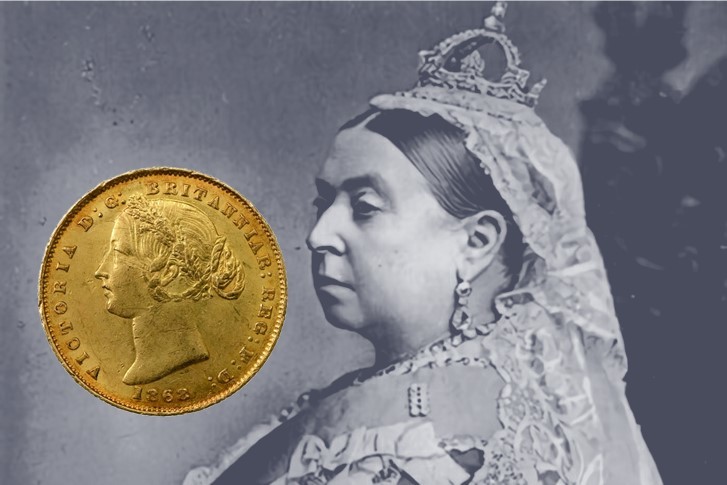
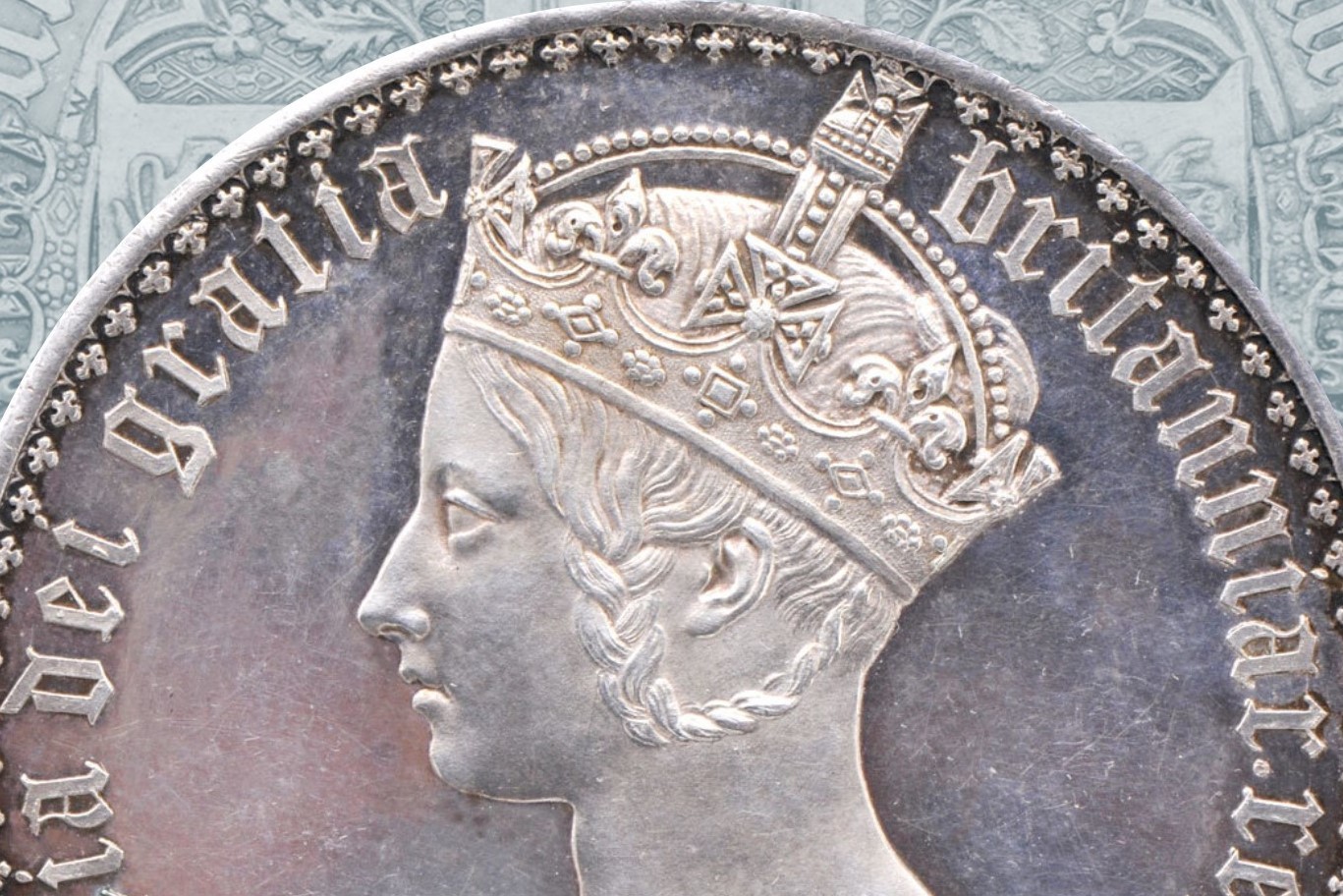
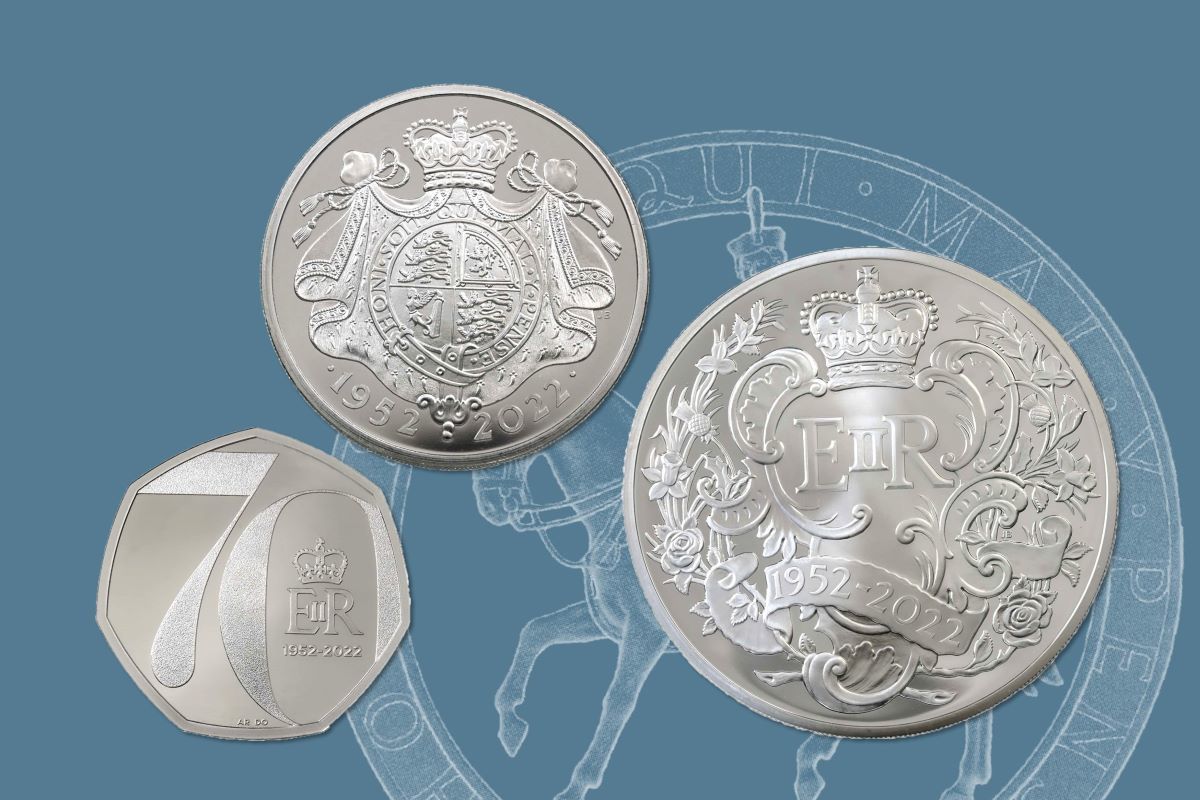
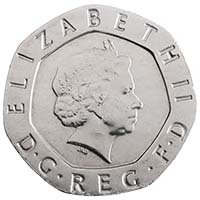
.jpg)

